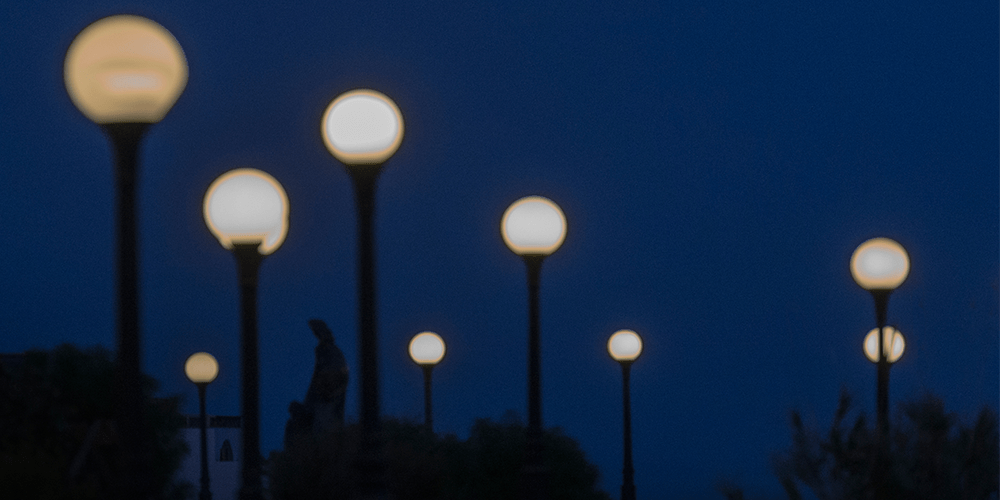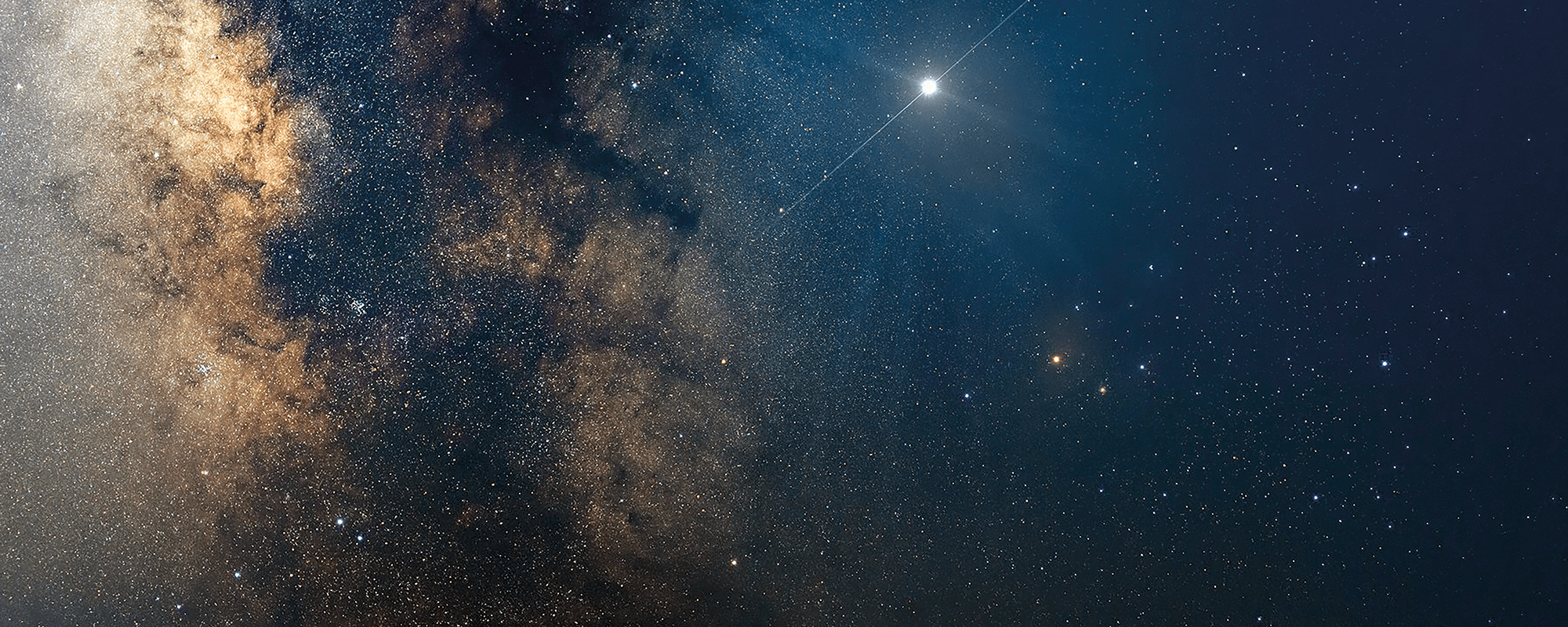The sky goes on forever, the stars; they wait each night for someone to find them,
in quiet spots as yet unspoiled by light and mayhem.
Nina Rosner — ‘Malta’
Author: Dr Joseph Caruana
The dwindling, peaceful glimmer of twilight promises a clear night. The vivid yellows and oranges give way to more subtle hues until a deep and ever-darkening blue takes over. Slowly, the velvety sky turns into a black canvas peppered with twinkling lights, as the first eerie cries of shearwater birds are heard in the distance.
This magical spectacle plays out most evenings at Dwejra, Gozo. This popular tourist site is one of the last places on the Maltese Islands that offer a sufficiently dark sky to observe our home galaxy — the Milky Way. The proliferation of badly designed exterior lighting all over the islands means that it is impossible to fully escape the deleterious effects of light pollution. This westernmost region of Gozo is as far as one can get to escape the glow of artificial light emanating from the rest of the Maltese Islands.

In 2006, the Malta Environment and Planning Authority designated a small number of coastal sites in Gozo and Comino as Dark Sky Heritage Areas (DSHAs), representing zones that are relatively darker, offering a respite to nocturnal creatures and a tantalising view of a starry night sky. Unfortunately, none of these sites are pristine; rather, they exhibit a brightness gradient, with sky glow increasing as one shifts their gaze inland, away from the sea.
Dwejra is the best of these sites, especially when it comes to views of the southwestern sky. However, the dark sky heritage of this site, which is worthy of the highest protection, faces threats on two fronts: on-site development, and skyglow spilling over from unchecked lighting on the rest of Gozo.
Light sources at Dwejra are hugely detrimental since they directly pollute the night sky above. Light ends up brightening the sky whenever it leaks upwards or reflects off surroundings. Moreover, it can result in glare, as well as disorient bird species. Recently, it was incredibly disappointing to witness the approval by authorities of further on-site development, nonchalantly disregarding scientific studies measuring the actual effect of artificial light upon the night sky brightness. The islands need more evidence-based decision-making.

As for skyglow encroaching upon Dwejra (and other DSHAs) from the rest of the islands, the solution is to draw up a nationwide policy on light pollution, developing a mitigation strategy that is direly needed — not just for the purpose of conserving these sites, but also to address the terrible situation that prevails in urban and suburban zones, where glare and light trespass can be of harm to human health.
In comparison to other environmental issues, the problem of light pollution is quick to reverse. We would go a long way towards regaining our dark skies if we were to: direct light solely downwards, utilise fixtures with a warmer colour temperature that does not exceed 3,000K, use lighting only where it is required, and where appropriate, implement practical measures such as curfews. These measures would instantly cast away the glowing veil that shrouds the stars, and in time allow nocturnal life to flourish. It is not a difficult problem to tackle. It is merely a matter of will. Let’s keep the magical spectacle of the night sky alive for future generations.





Comments are closed for this article!